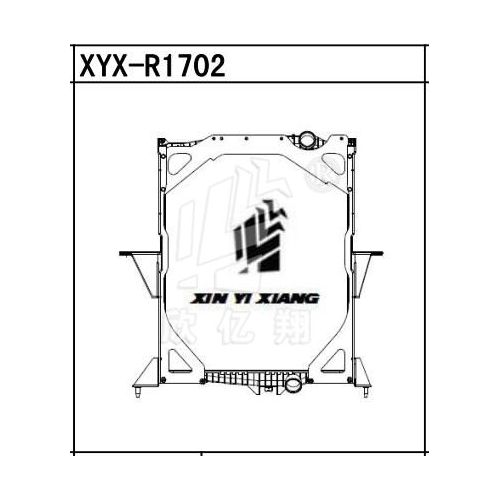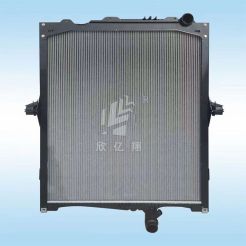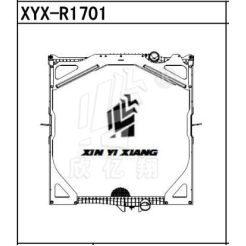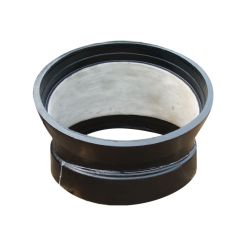intercooler vs radiator
Product Description
https://www.xyxcooling.com/news/truck-intercooler-vs-radiator.html
What is a Truck Intercooler? How Does it Work?
A truck intercooler, also known as a charge air cooler or simply an intercooler, is a crucial component in a turbocharged or supercharged engine system. Its primary function is to cool down the compressed air coming from the turbocharger or supercharger before it enters the engine's intake manifold.
The intercooler operates on the principle of heat exchange. As the turbocharger or supercharger compresses the intake air, it raises the temperature of the air significantly. Hot air is less dense, which means it contains fewer oxygen molecules. This can limit the engine's power output and efficiency.
To overcome this, the intercooler is placed between the turbocharger or supercharger and the engine's intake manifold. The intercooler is usually mounted at the front of the vehicle where it can receive a good flow of fresh air.
When the compressed hot air passes through the intercooler, it is exposed to a network of tubes or fins that are designed to dissipate heat effectively. These tubes or fins are made of a material with high thermal conductivity, such as aluminum. The intercooler's external surface area is maximized to enhance heat transfer.
As the hot compressed air flows through the intercooler, it exchanges heat with the ambient air passing over the intercooler's fins or tubes. This process reduces the temperature of the intake air, making it denser and, consequently, richer in oxygen molecules.
Cooler, denser air is beneficial for the engine because it allows for a more efficient combustion process. The increased oxygen concentration enables the engine to burn more fuel, resulting in improved power output and fuel efficiency. It also helps prevent knocking or detonation, which can be damaging to the engine.
What is a Truck Radiator? How Does it Work?
A truck radiator is an essential component of the cooling system in a vehicle. Its primary function is to dissipate the heat generated by the engine and maintain an optimal operating temperature.
The truck radiator is typically located at the front of the vehicle, behind the grille, where it can receive a constant flow of fresh air. It consists of a series of thin tubes, called the core, and a network of fins that increase the surface area for effective heat transfer.
Here's how the truck radiator works:
Coolant Circulation: The engine's coolant, a mixture of water and antifreeze, flows through the engine's water jackets and absorbs heat from the combustion process.
Coolant Flow: The heated coolant is pumped out of the engine by a water pump and enters the radiator through the inlet tank.
Heat Dissipation: As the hot coolant flows through the radiator's tubes, it releases heat to the surrounding air. The fins on the outside of the tubes help increase the surface area and facilitate heat transfer.
Airflow: The radiator relies on the movement of air, either from the vehicle's forward motion or from an electric fan, to pass over the fins and carry away the heat from the coolant.
Cooling Effect: As the air passes through the radiator, it absorbs the heat from the coolant, causing the coolant temperature to decrease.
Return to Engine: The cooled coolant exits the radiator through the outlet tank and returns to the engine to absorb more heat.
This continuous cycle of coolant flow and heat dissipation helps regulate the engine's temperature within an optimal range. If the engine becomes too hot, the thermostat opens up, allowing more coolant to flow through the radiator for increased cooling. Conversely, if the engine is too cold, the thermostat restricts the coolant flow to raise the engine's temperature.
In addition to the radiator, the cooling system includes other components like the water pump, thermostat, hoses, and a coolant reservoir. These elements work together to ensure efficient cooling and prevent the engine from overheating, which could lead to significant damage.




